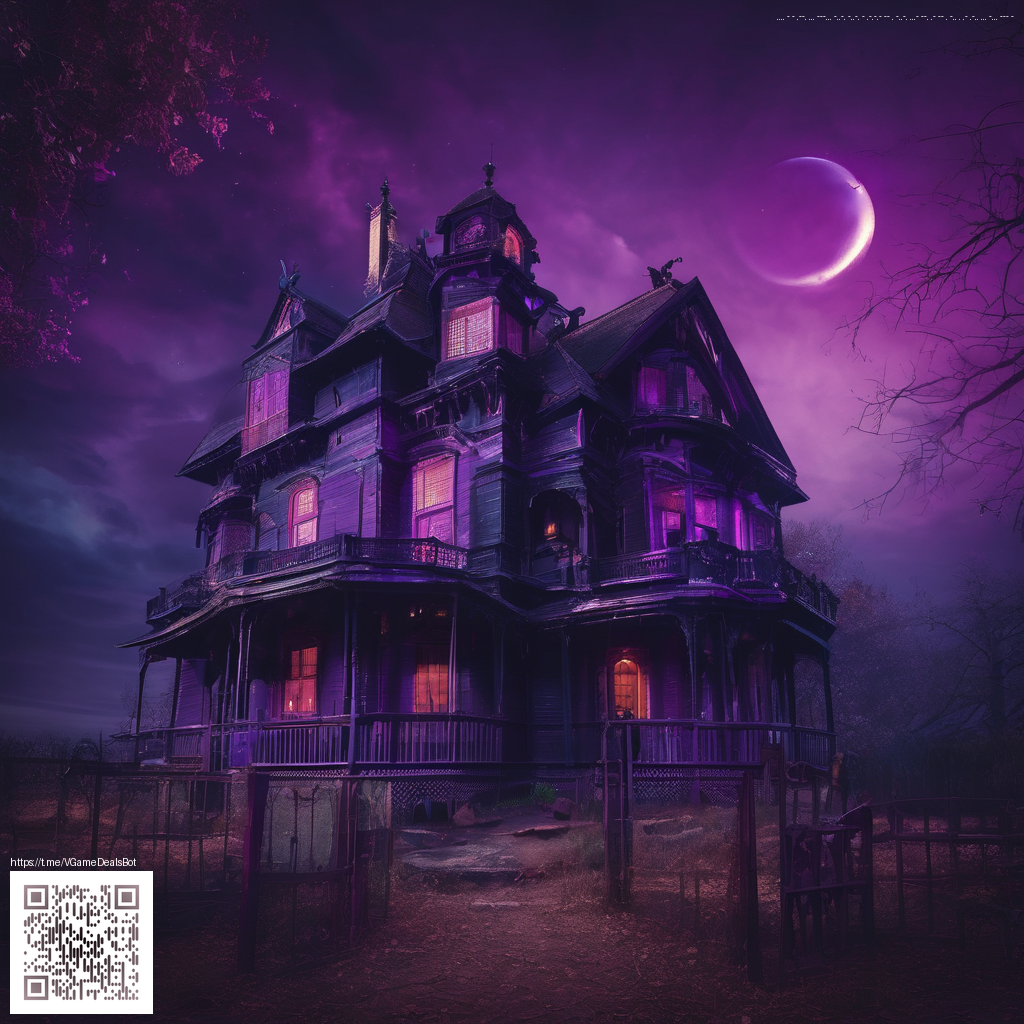
Crafting Branding Mood Boards for Clients
Brand mood boards are more than pretty visuals; they are a conversation starter, a roadmap, and a filter for decisions. When you present a mood board with clarity, you align expectations, accelerate approvals, and establish the voice of a brand before you even write a single logo spec. The goal is to give clients a tangible feel for how the brand will live across packaging, digital experiences, and campaigns.
1. Start with the brief and the audience
A successful mood board begins with a solid brief. Capture the brand’s core values, target audience, and the emotional resonance you want to evoke. Ask questions about where the brand will live (social, packaging, storefront) and what decisions will hinge on the visuals. A concise one-page brief keeps your board focused and makes it easier to justify each asset later on.
As you gather insights, create a snapshot of the audience persona—demographics, motivations, and pain points. This helps you choose imagery and typography that speak directly to those readers, shoppers, or users. A clear, audience-centered approach minimizes scope creep and keeps the project moving smoothly.
2. Define the mood and the vocabulary
Mood boards translate strategy into sensory language. Define a tone (bold, elegant, playful, minimal) and a visual vocabulary that supports it. Think in terms of color stories, typography pairings, photography aesthetics, textures, and layout rhythm. A cohesive set of cues helps stakeholders quickly grasp the intended brand personality.
- Color story: 3–6 colors that convey the mood, with primary, secondary, and accent roles.
- Typography: 2–3 type families that harmonize for headers, body text, and captions.
- Imagery: photography style (lifestyle, product-centric, abstract) and usage guidelines.
- Texture and pattern: subtle textures or patterns that enrich the brand’s tactile feel.
- Layout rhythm: grid systems, alignment, and negative space that support readability.
“Mood boards are a language for brands—they turn strategy into visuals your team can see, discuss, and approve.”
3. Gather assets with intention
Curate a balanced mix of assets that tell a unified story. Start broad—collect samples that convey the mood—and then prune aggressively to keep the board digestible. Include a few alternatives to show range, but narrow to a cohesive core set. This keeps review meetings efficient and productive.
Tools readers often rely on include digital boards like Milanote, Canva, or Figma for collaborative work. Remember to annotate assets with rationale so clients understand why a color, type pairing, or image feels right for the brand. A well-annotated board reduces back-and-forth and clarifies decisions.
4. Structure the board for clarity and critique
A great mood board reads like a story. Start with a one-page overview that sets the mood, then separate sections for Color, Typography, Imagery, and Layout. Each section should feature a few well-curated examples and concise notes that explain the choices. This structure makes it easier to discuss trade-offs and align on next steps without getting lost in the visuals.
- Provide context: a short paragraph that describes the intended use of the board.
- Show alternatives: present a couple of variations to invite client feedback on direction.
- Annotate decisions: add quick notes on why assets were chosen and how they’ll translate to your deliverables.
During live reviews, having stable reference materials can help. A sturdy desk setup—think a reliable desk display that keeps devices and samples in place—helps you stay organized as clients flip through images and notes. For example, a two-piece mobile stand can be a practical addition for presenting on the spot. Mobile Phone Stand Two Piece Wobble Free Desk Display keeps everything steady without distracting from the visuals.
5. Collaborate and iterate with a shareable hub
Client collaboration thrives when you provide a simple, shareable hub where drafts and iterations live. Consider hosting a mood-board page that colleagues and stakeholders can access without a dozen email threads. A practical example is a hosted page such as https://0-vault.zero-static.xyz/012c25fc.html. It serves as a single source of truth for feedback, approvals, and version history, which keeps the project moving forward with less friction.
As you refine the board, keep the focus on decision-driving visuals rather than exhaustive inspiration. The aim is to illuminate the brand’s personality, not overwhelm viewers with options. A clean, purposeful board helps clients see how the brand will feel in real-world contexts—from social posts to packaging to digital interfaces.